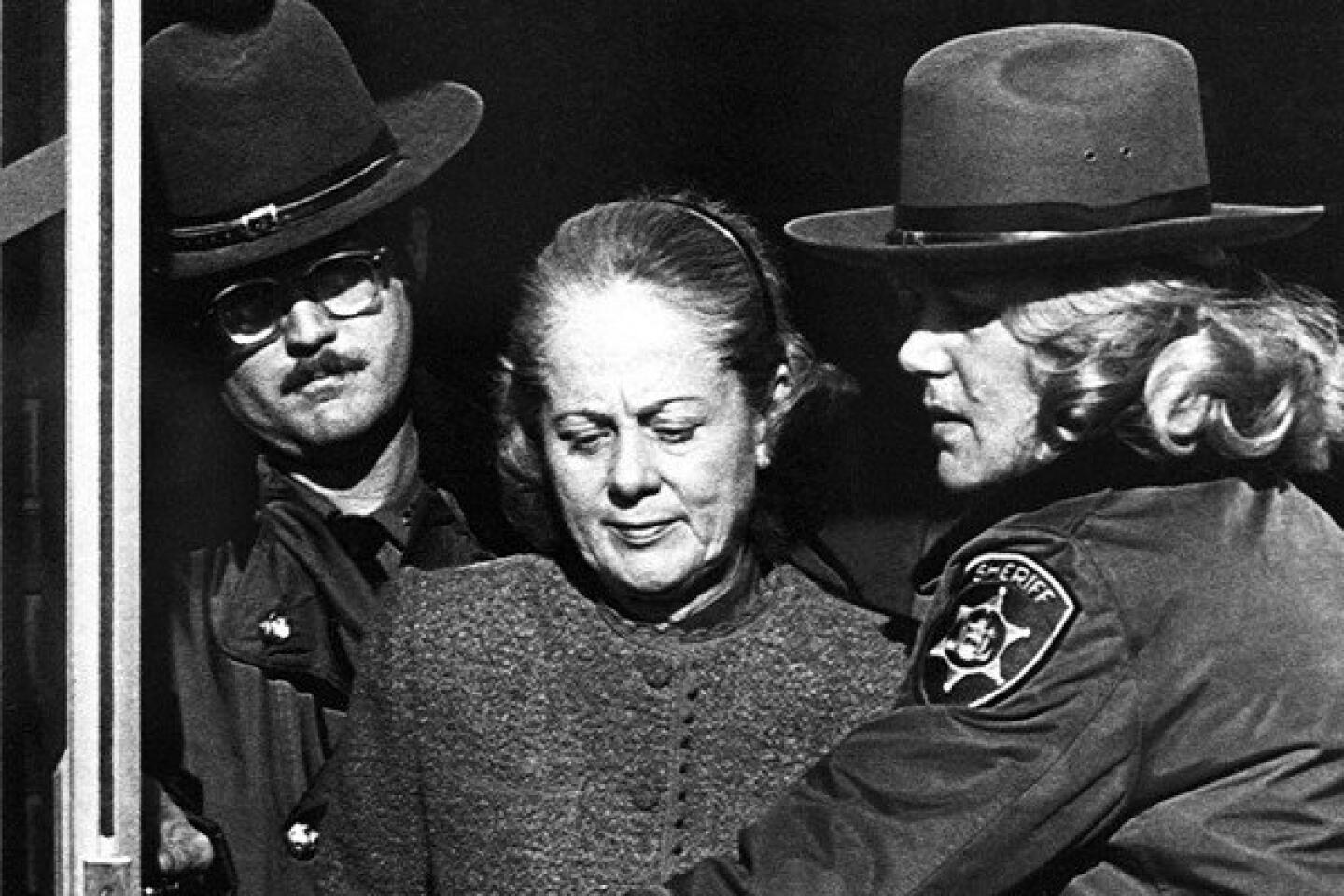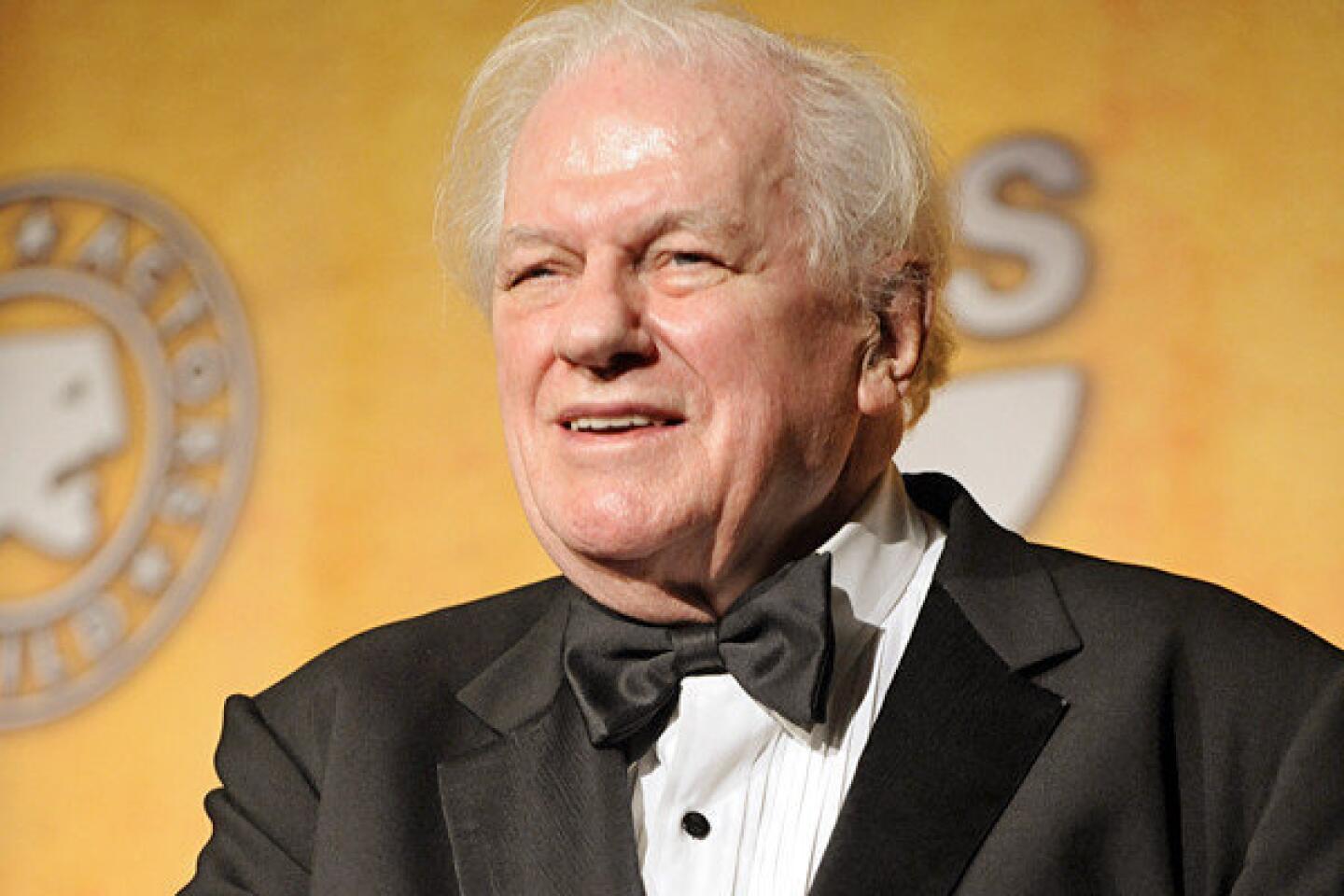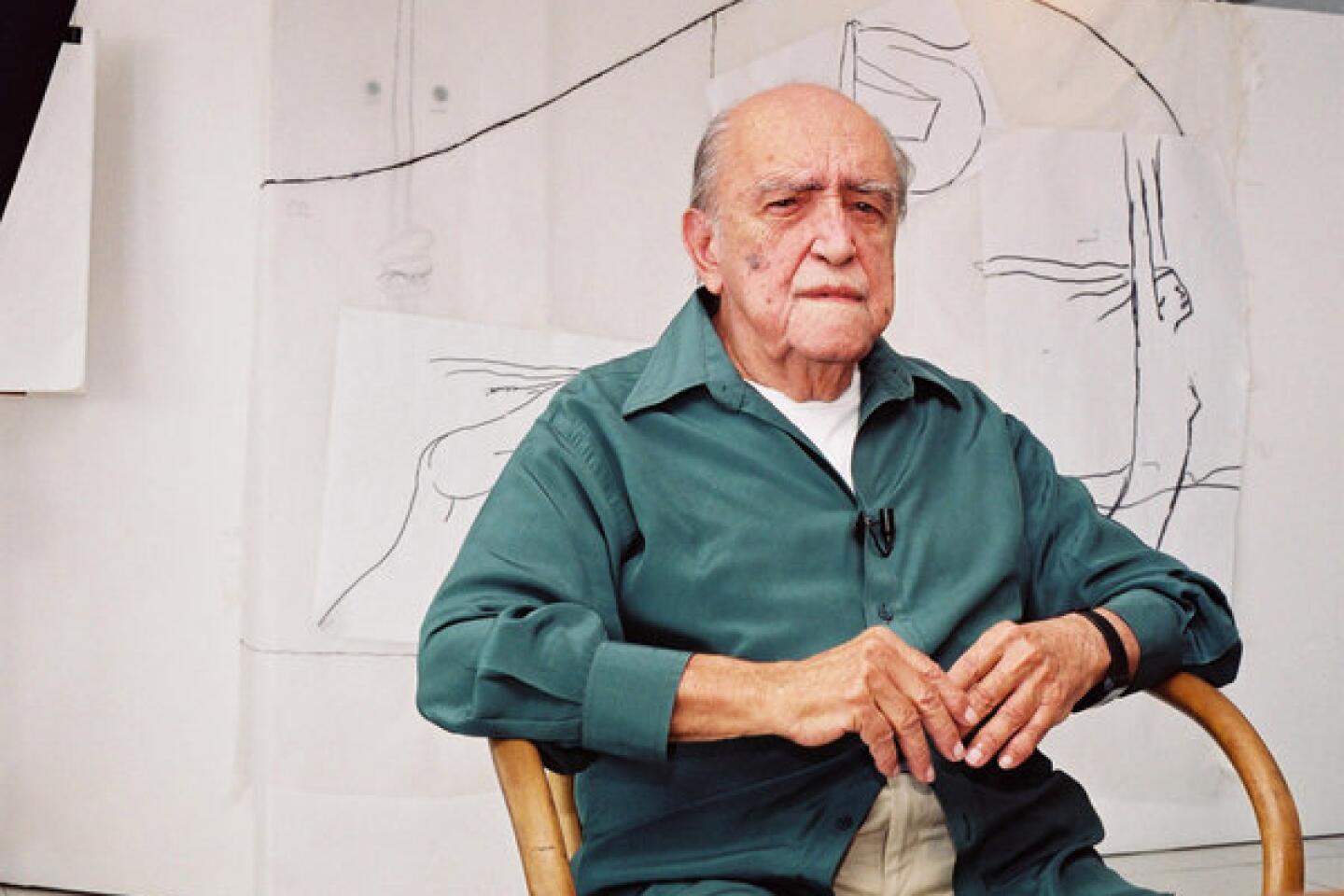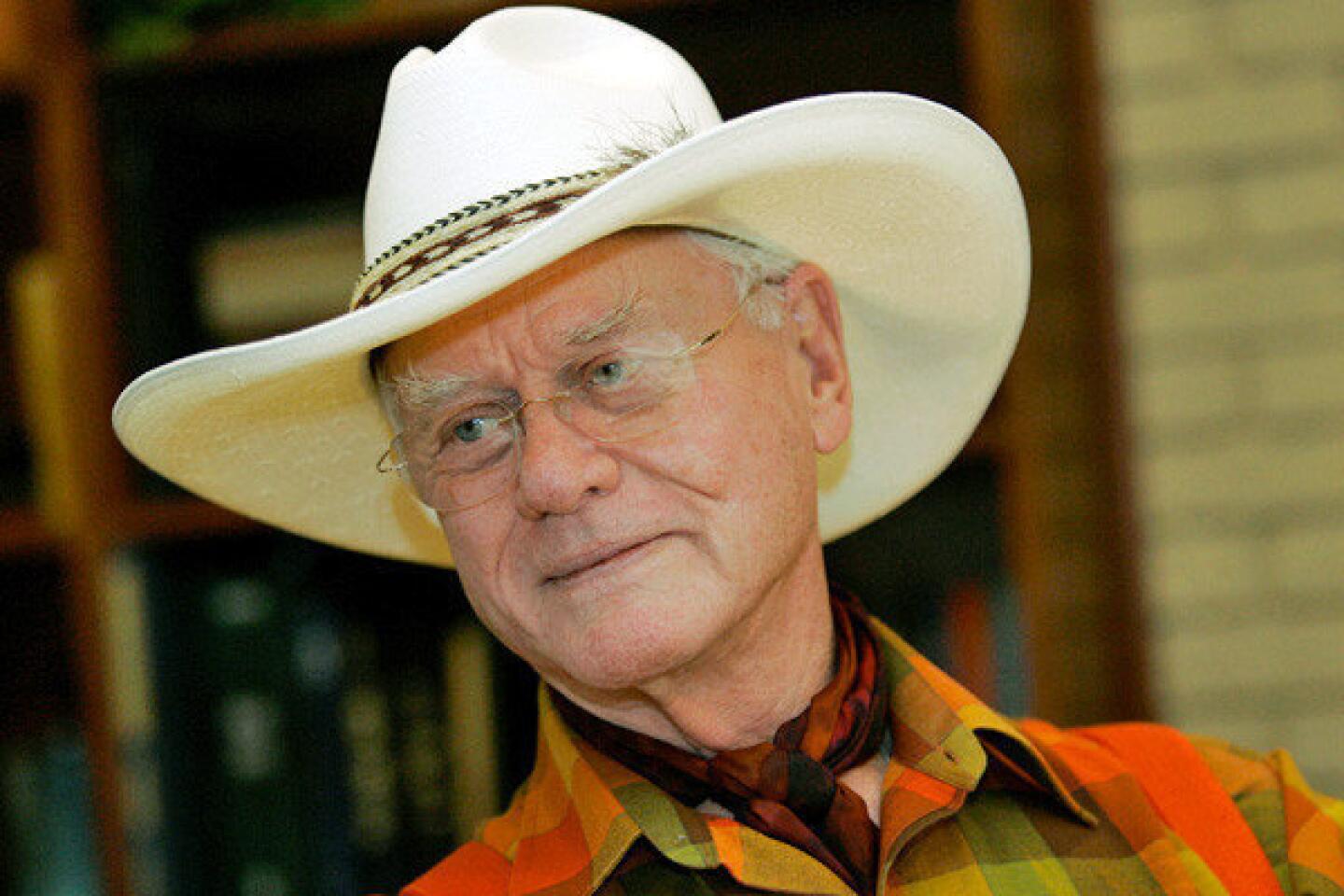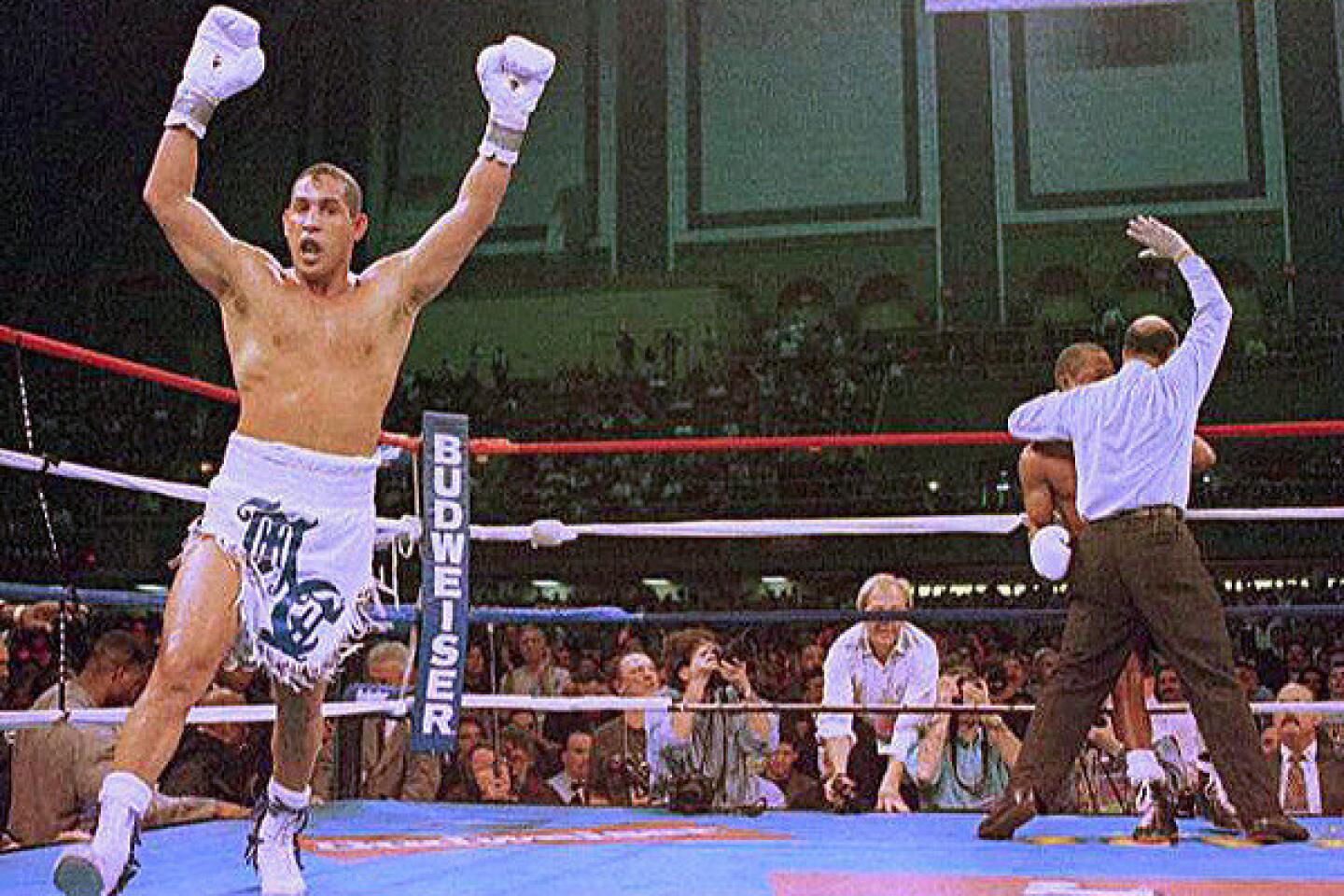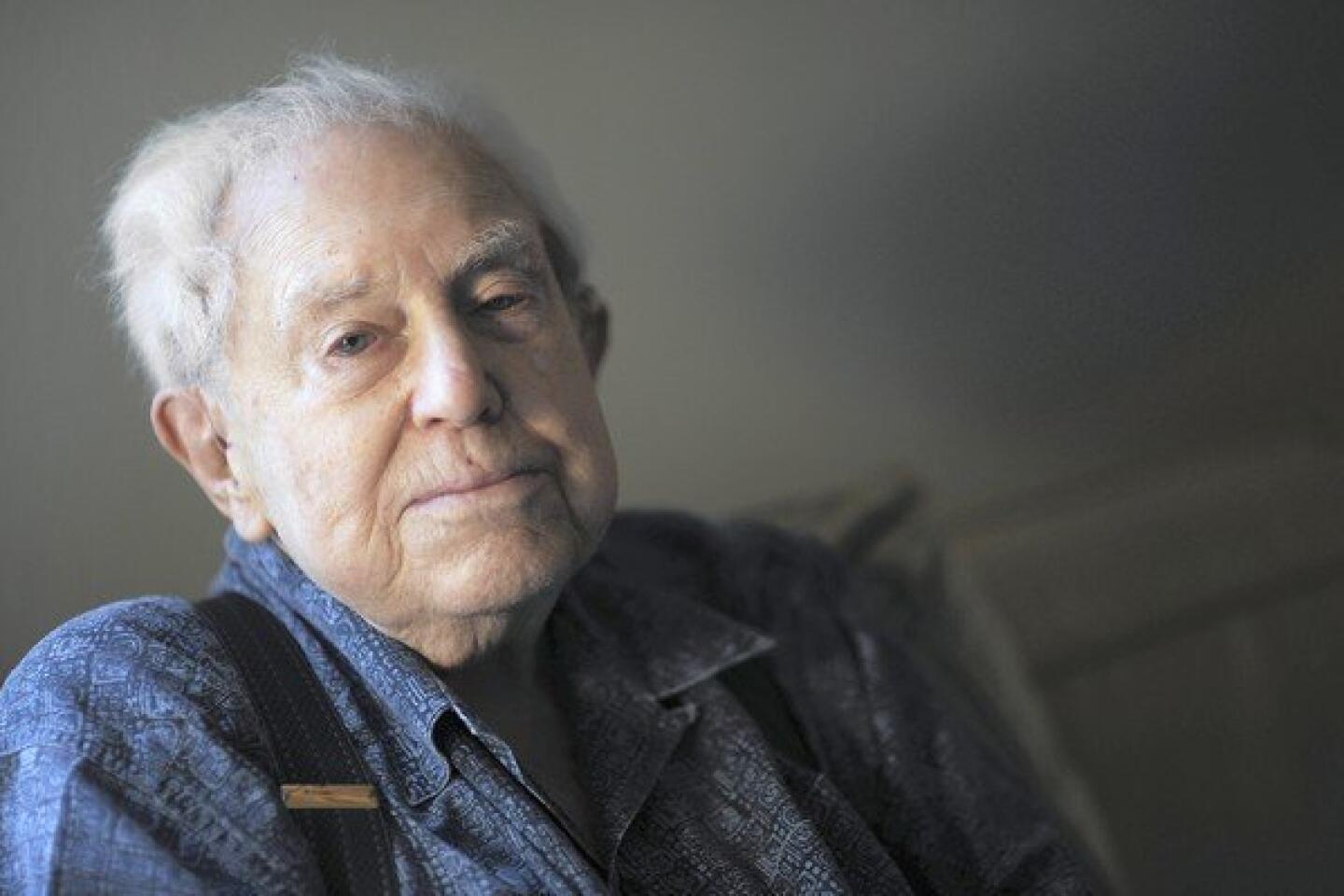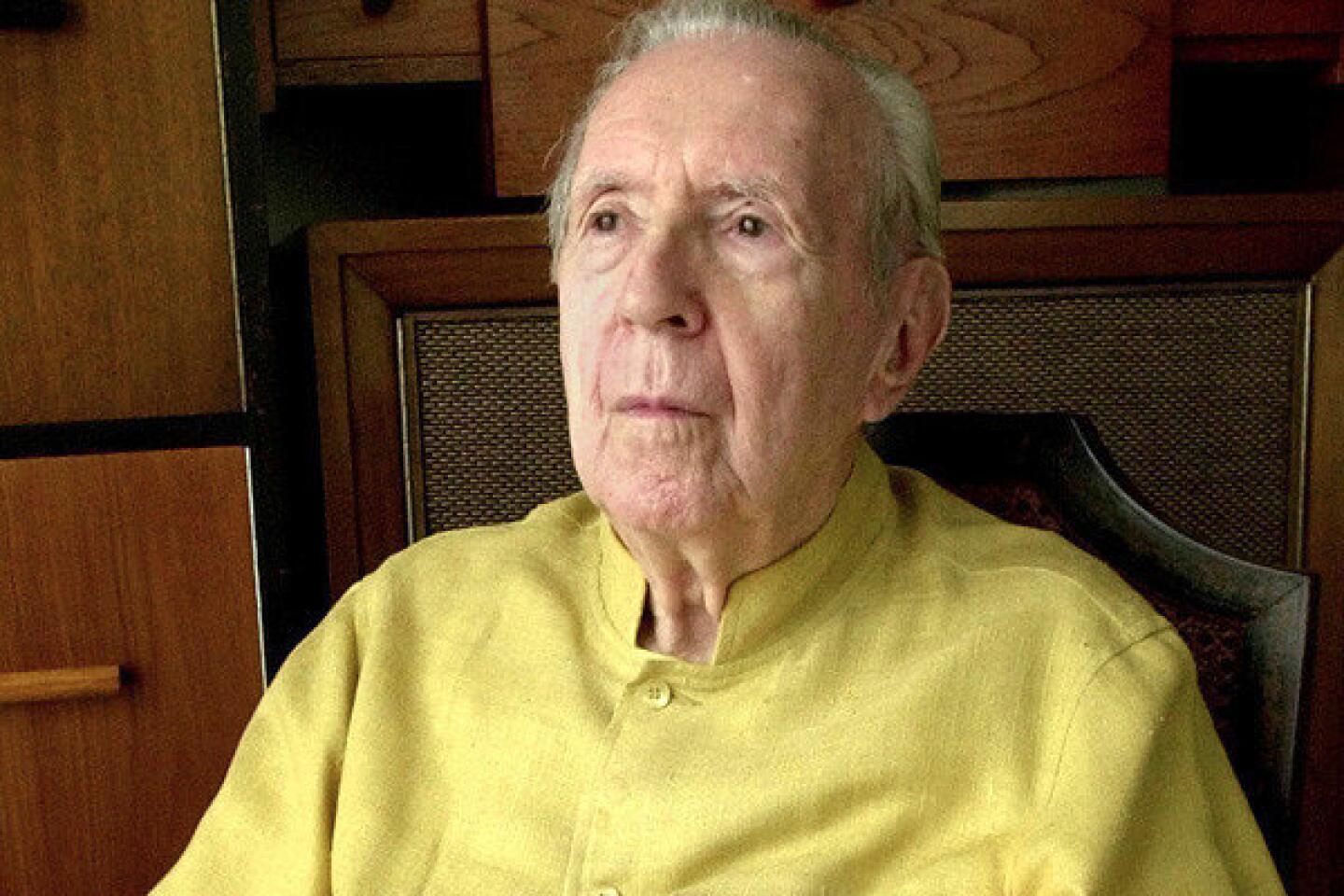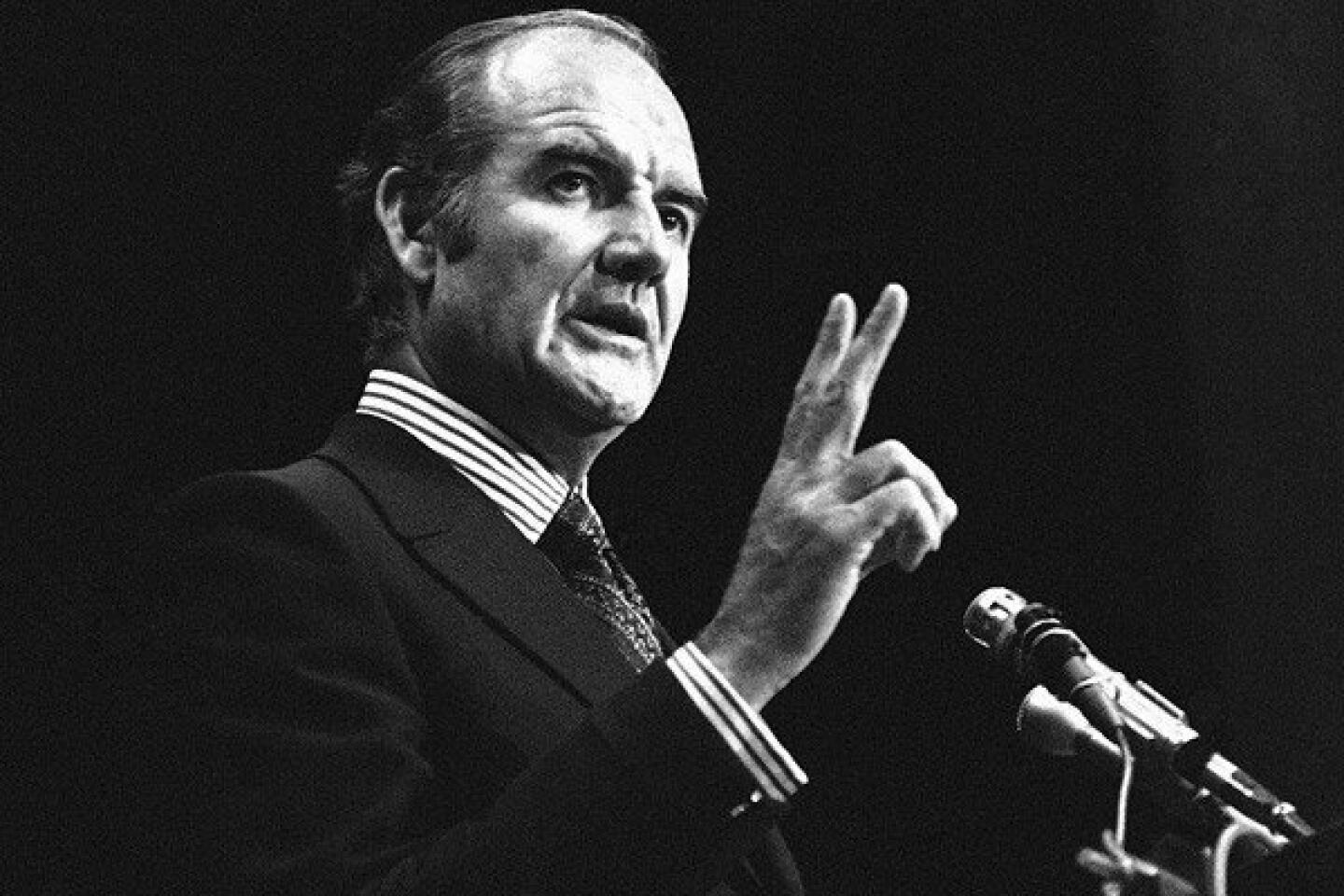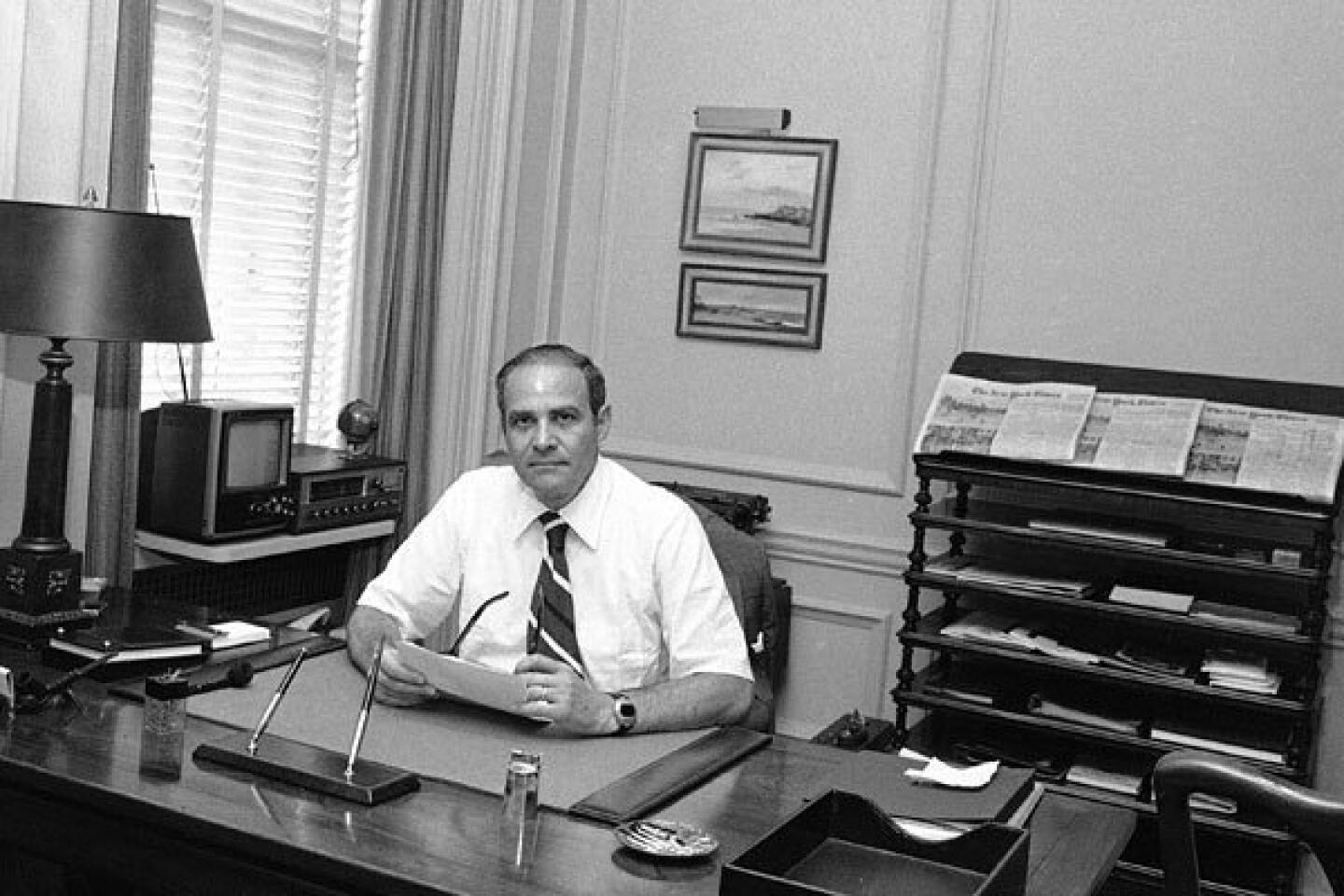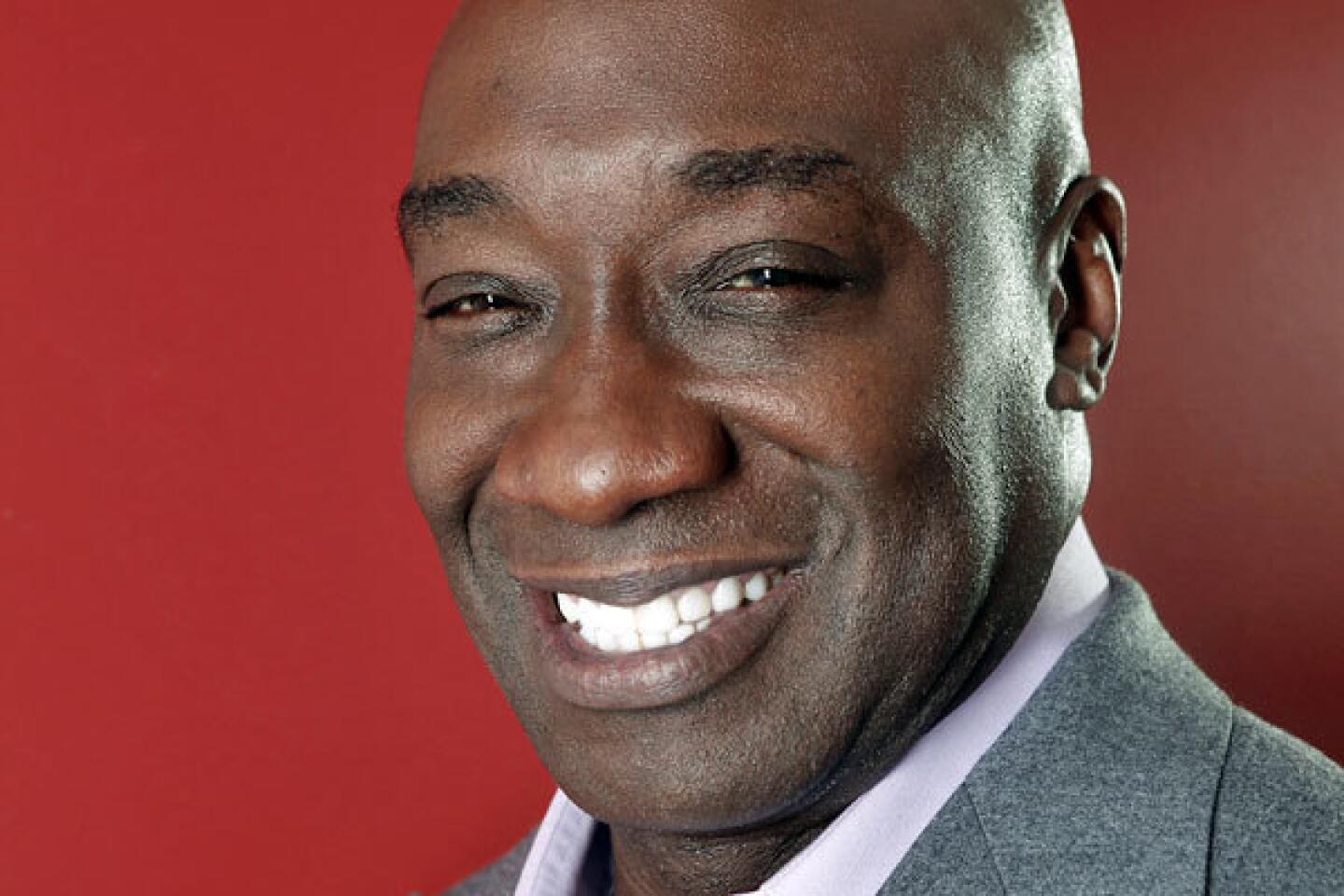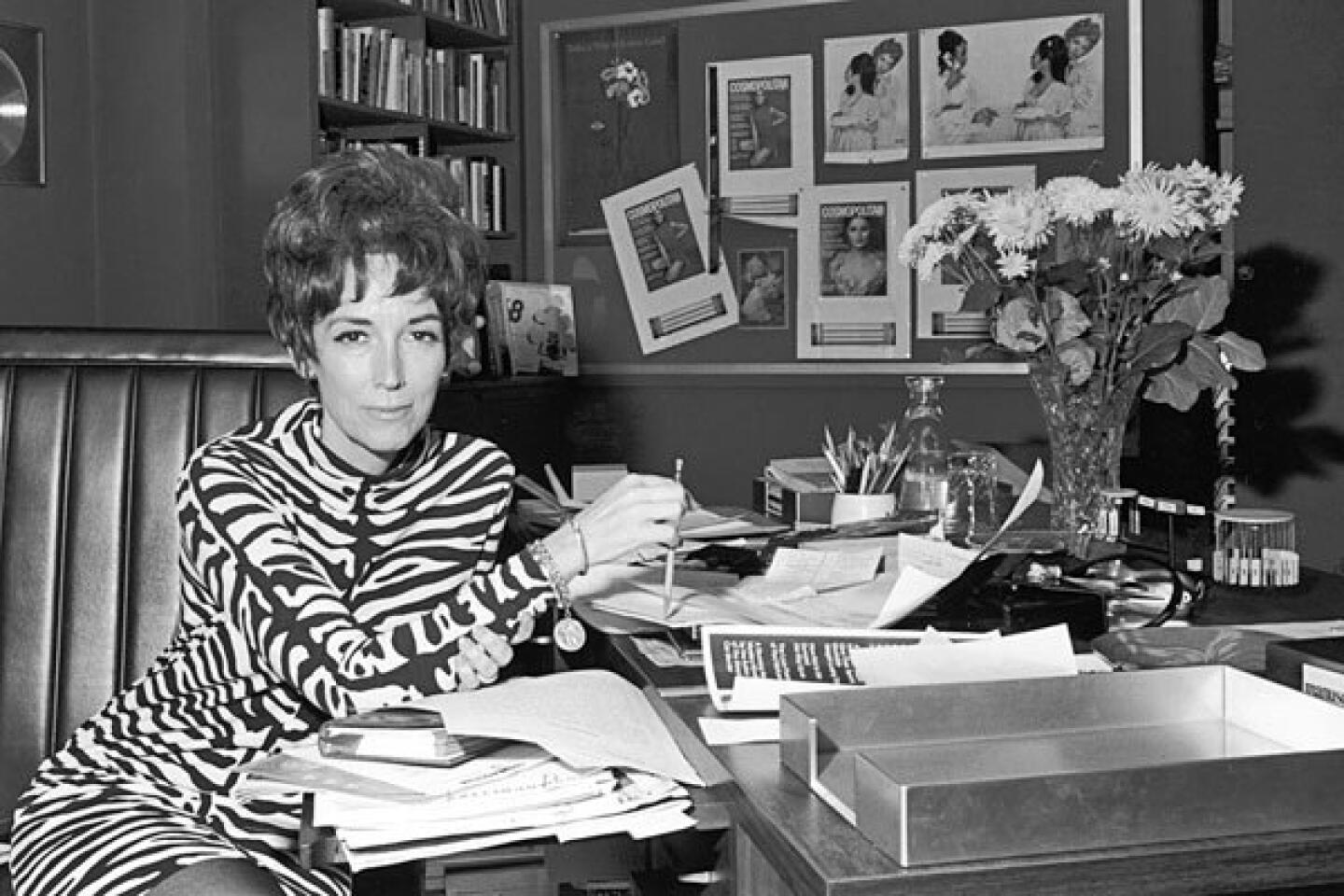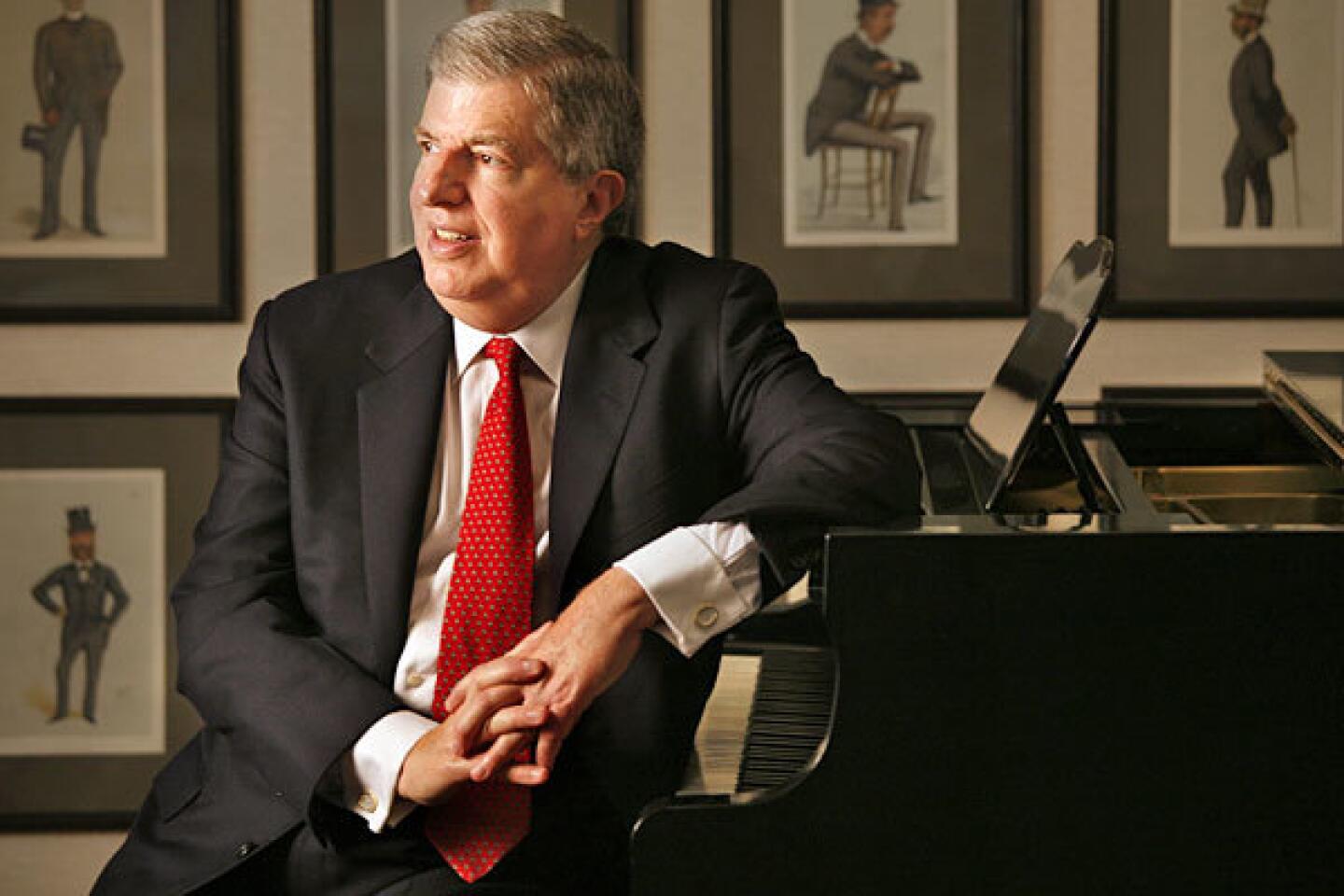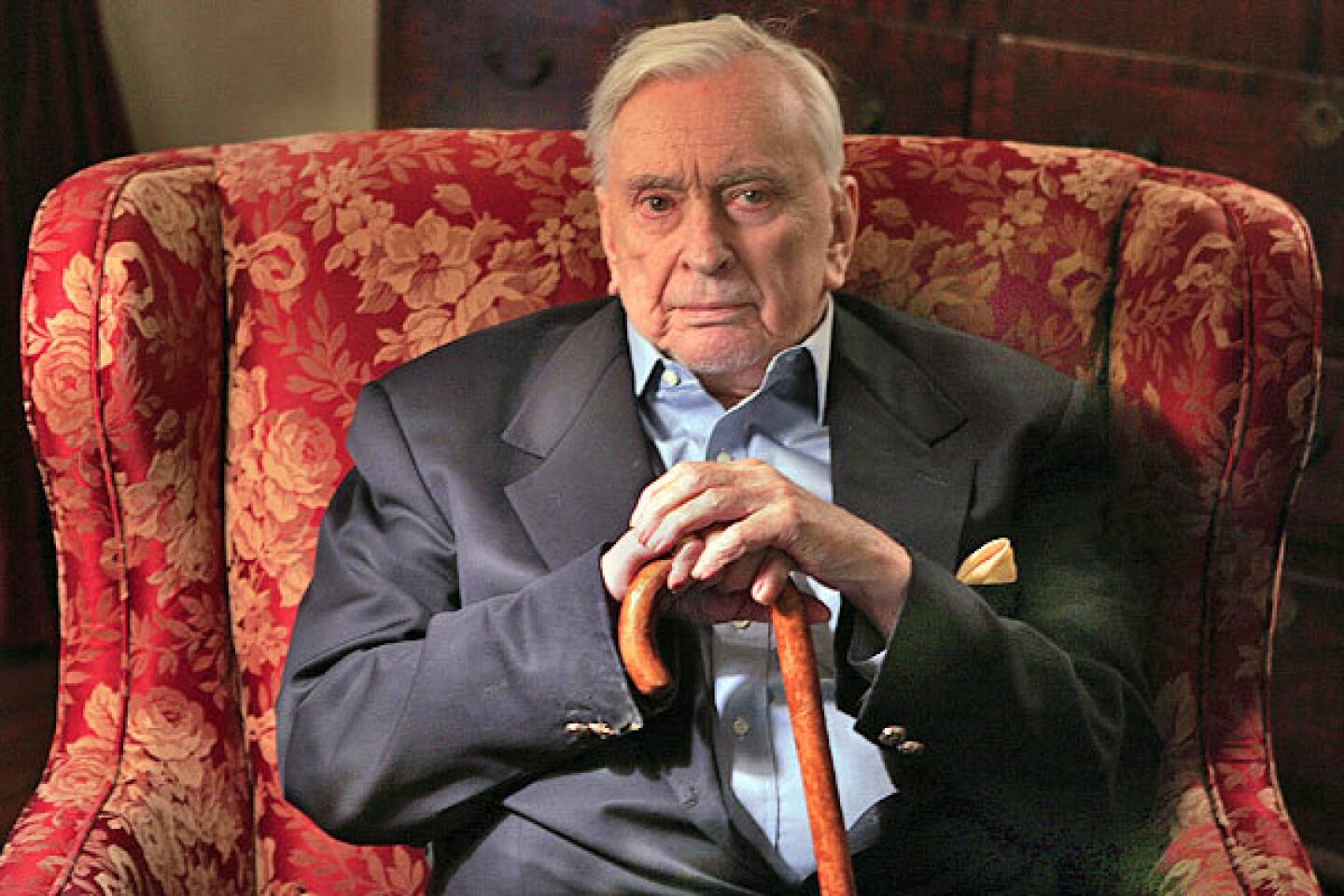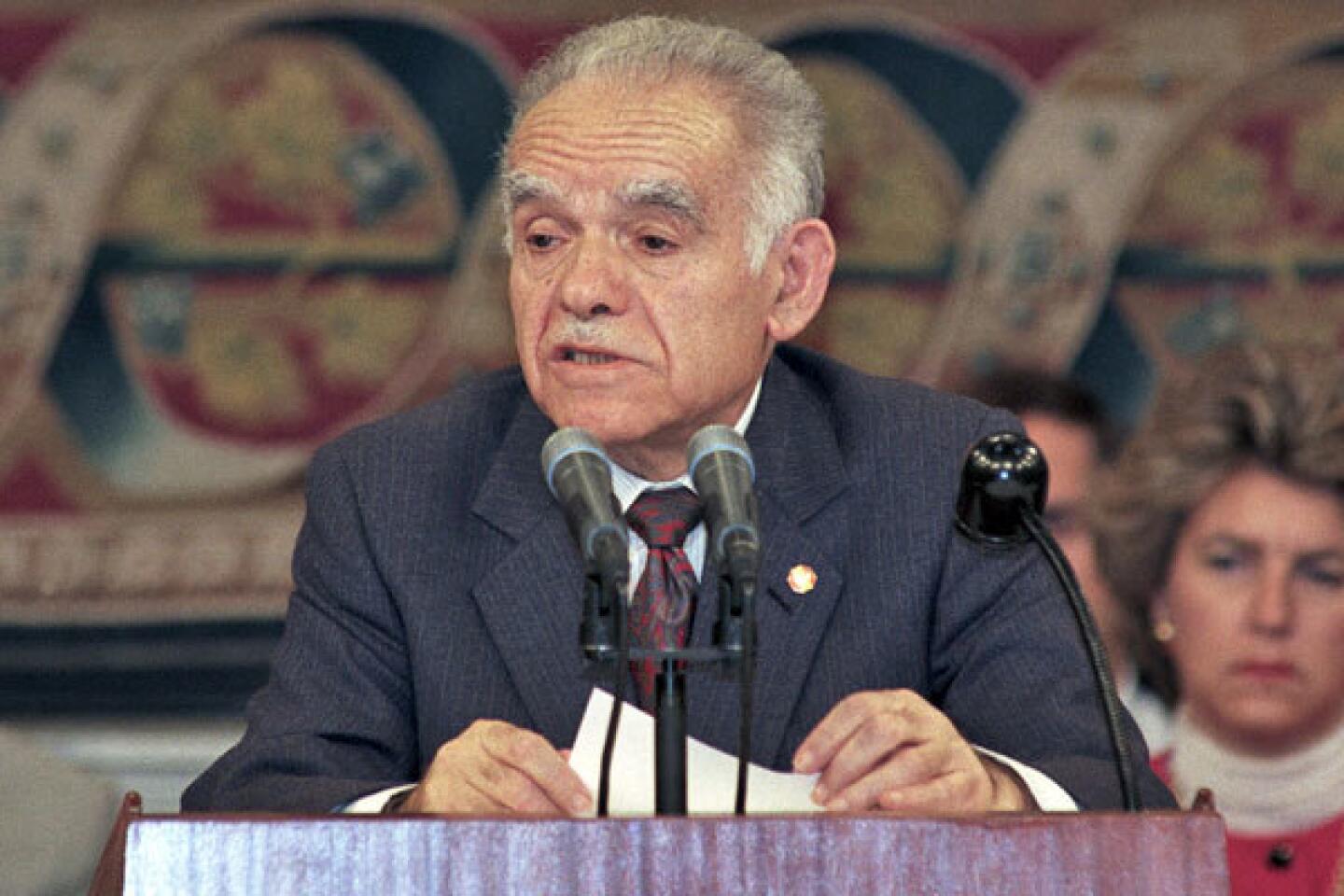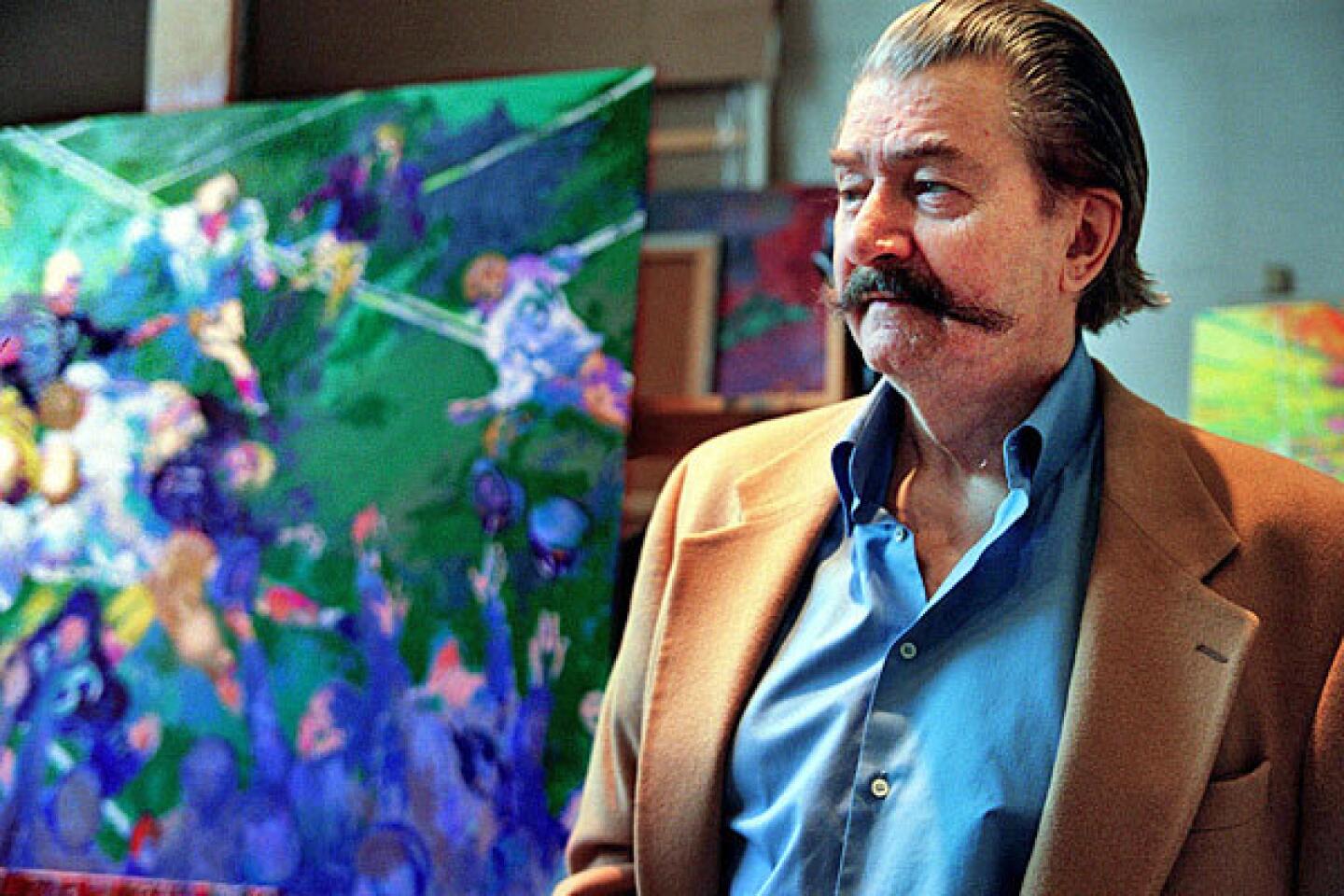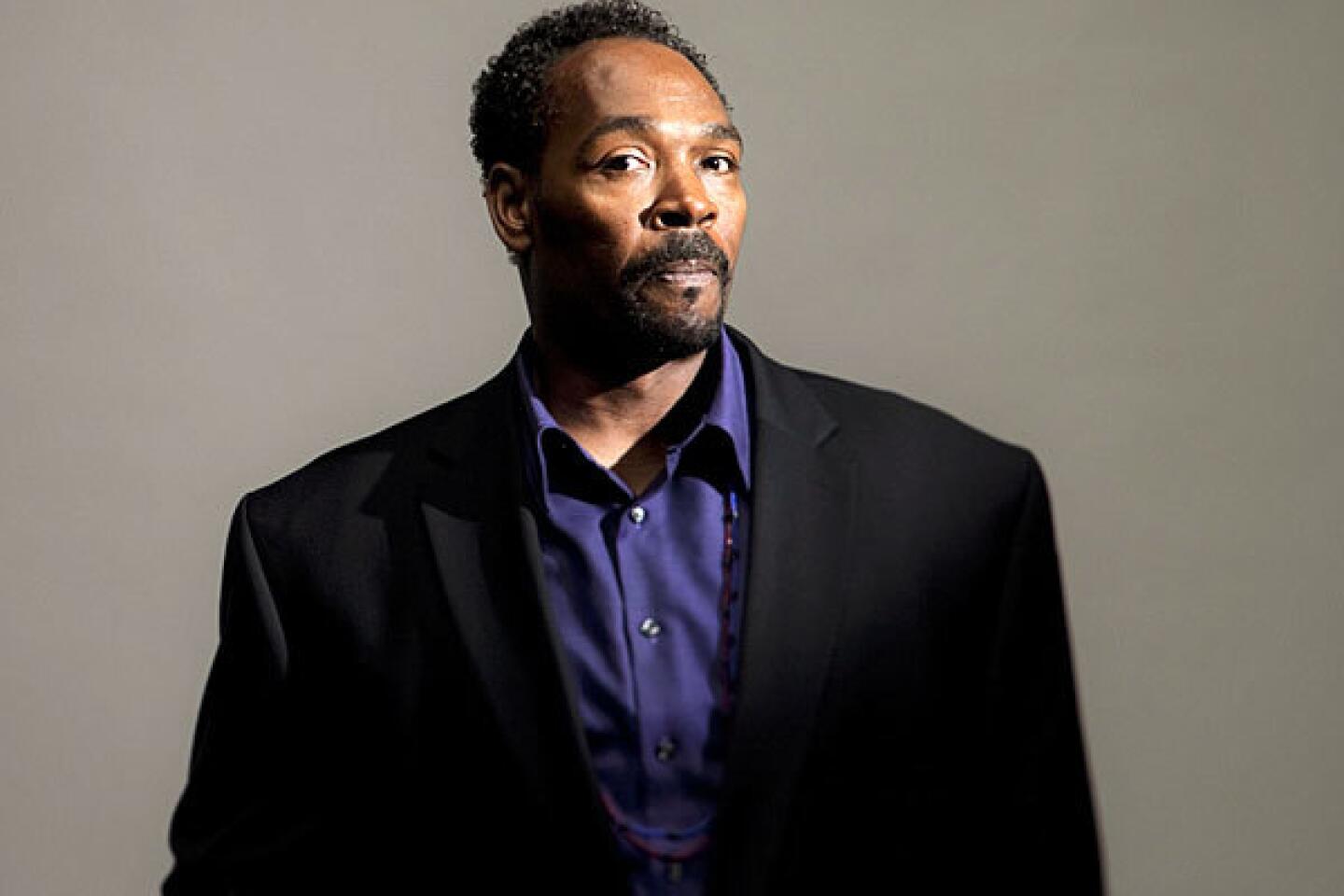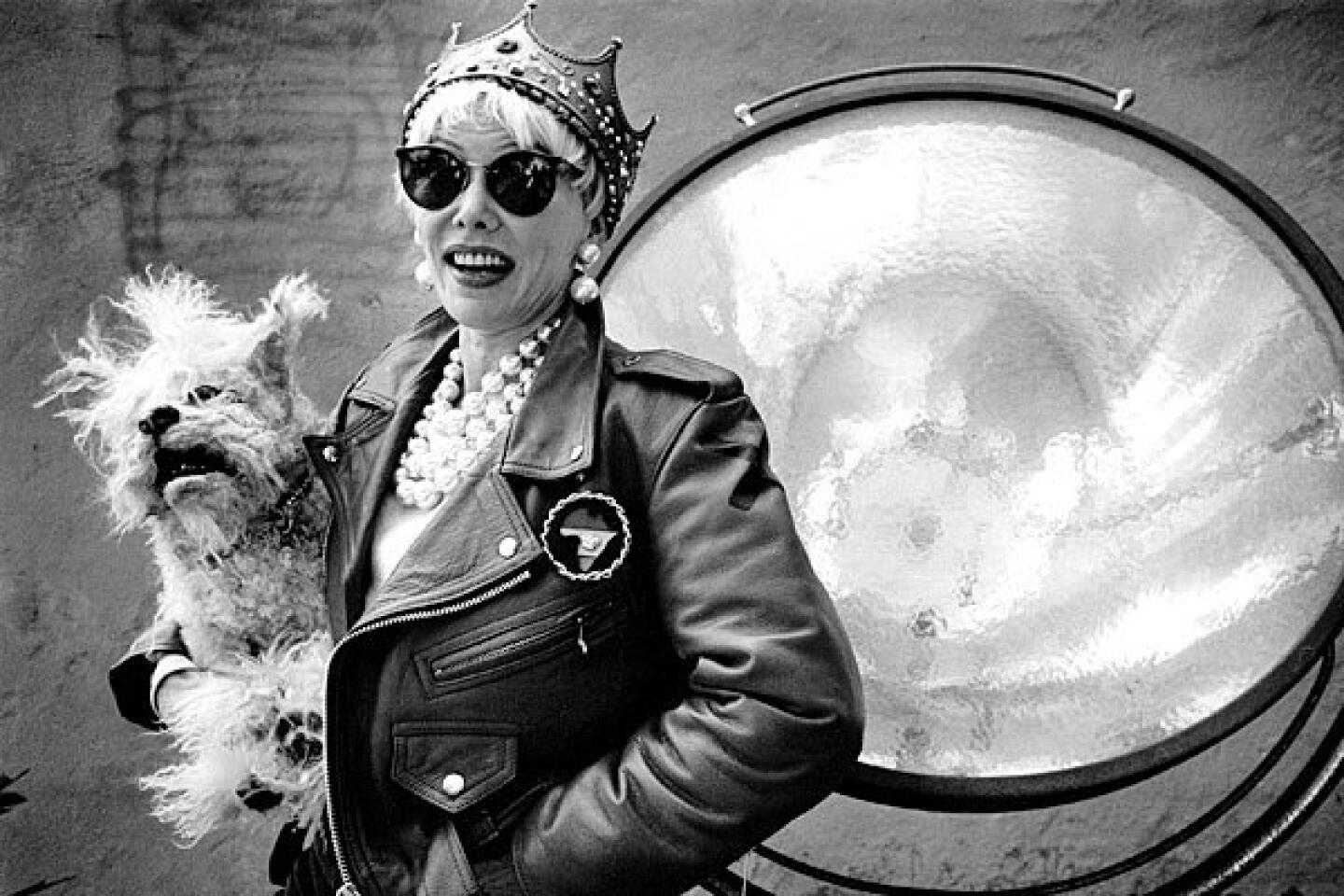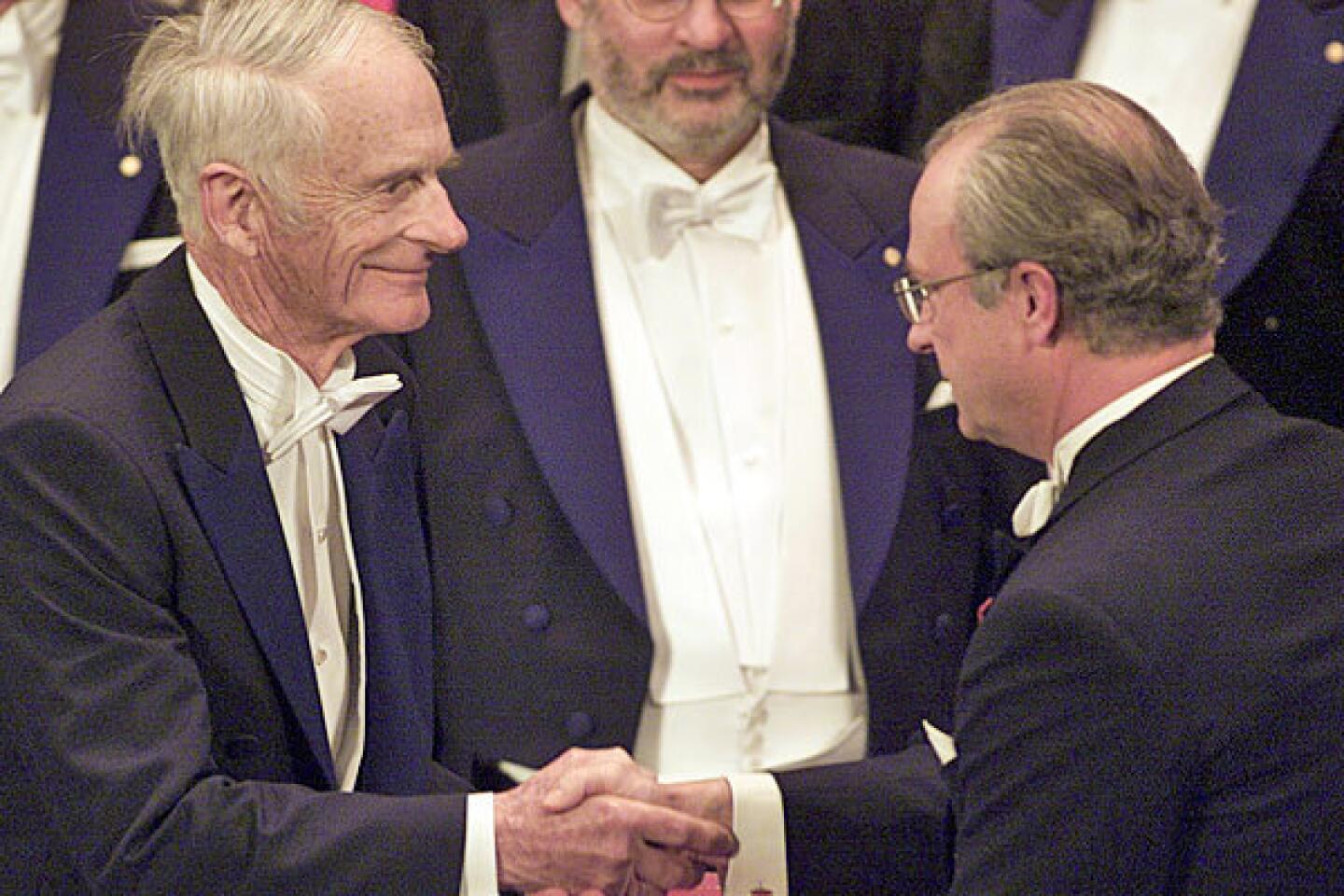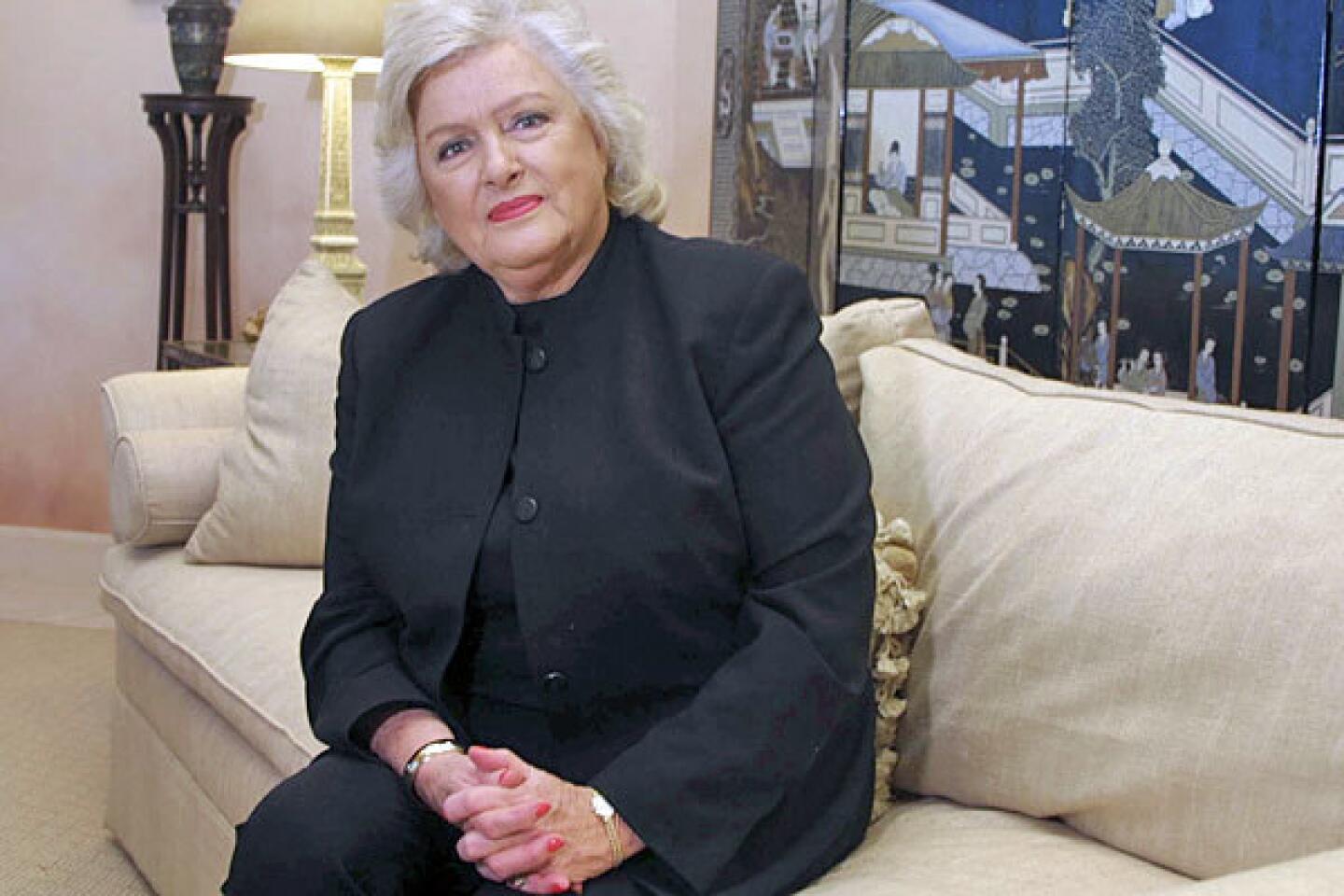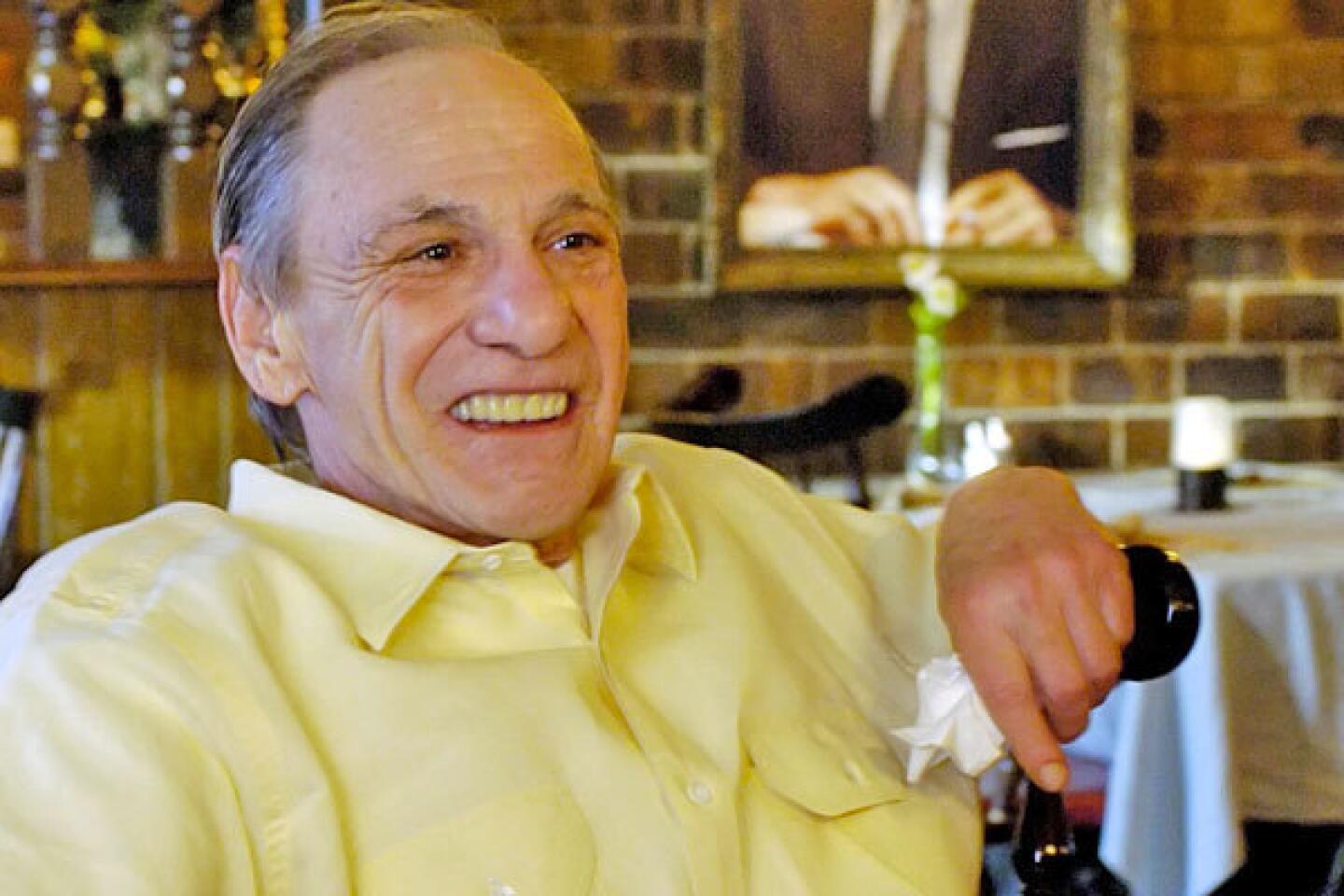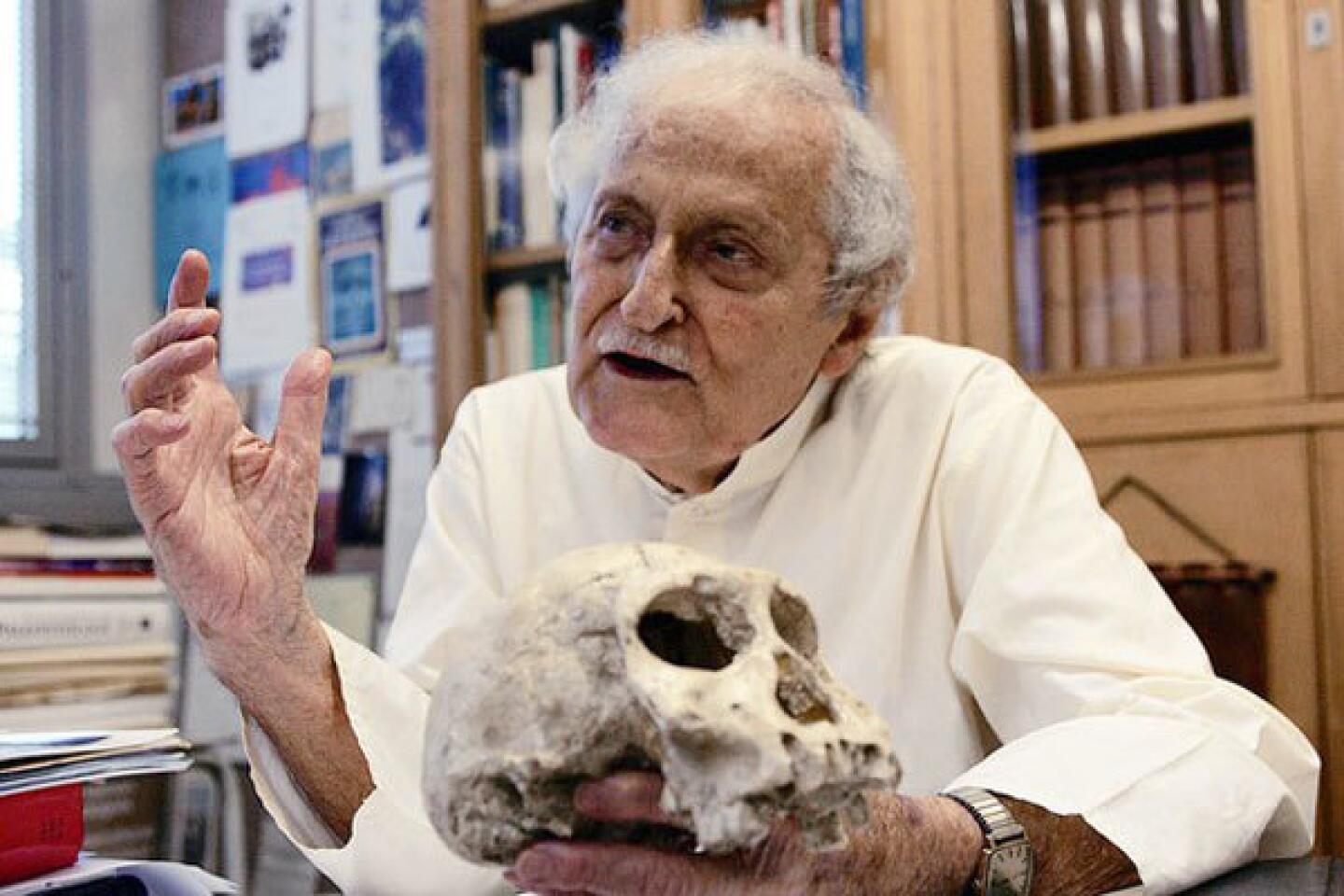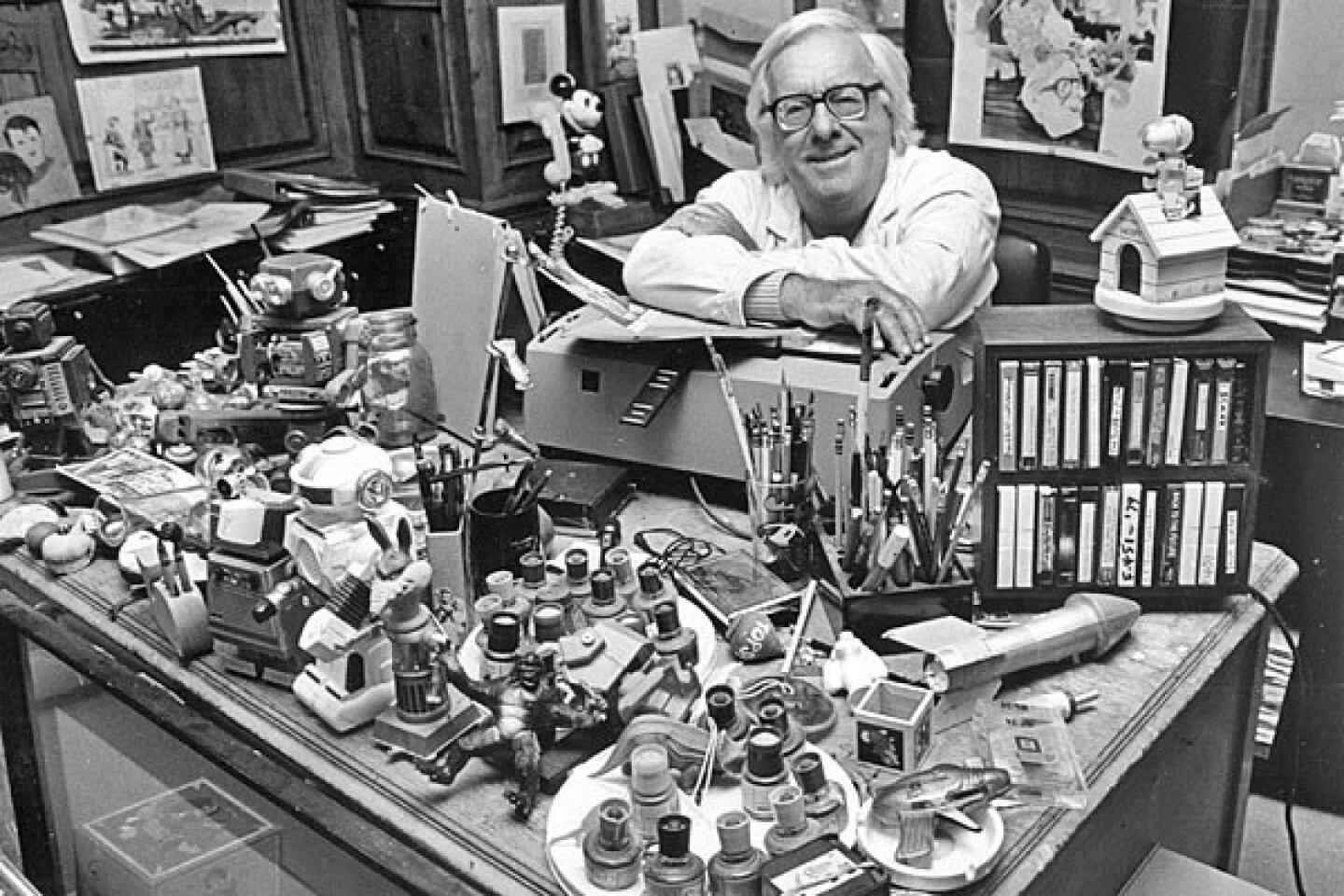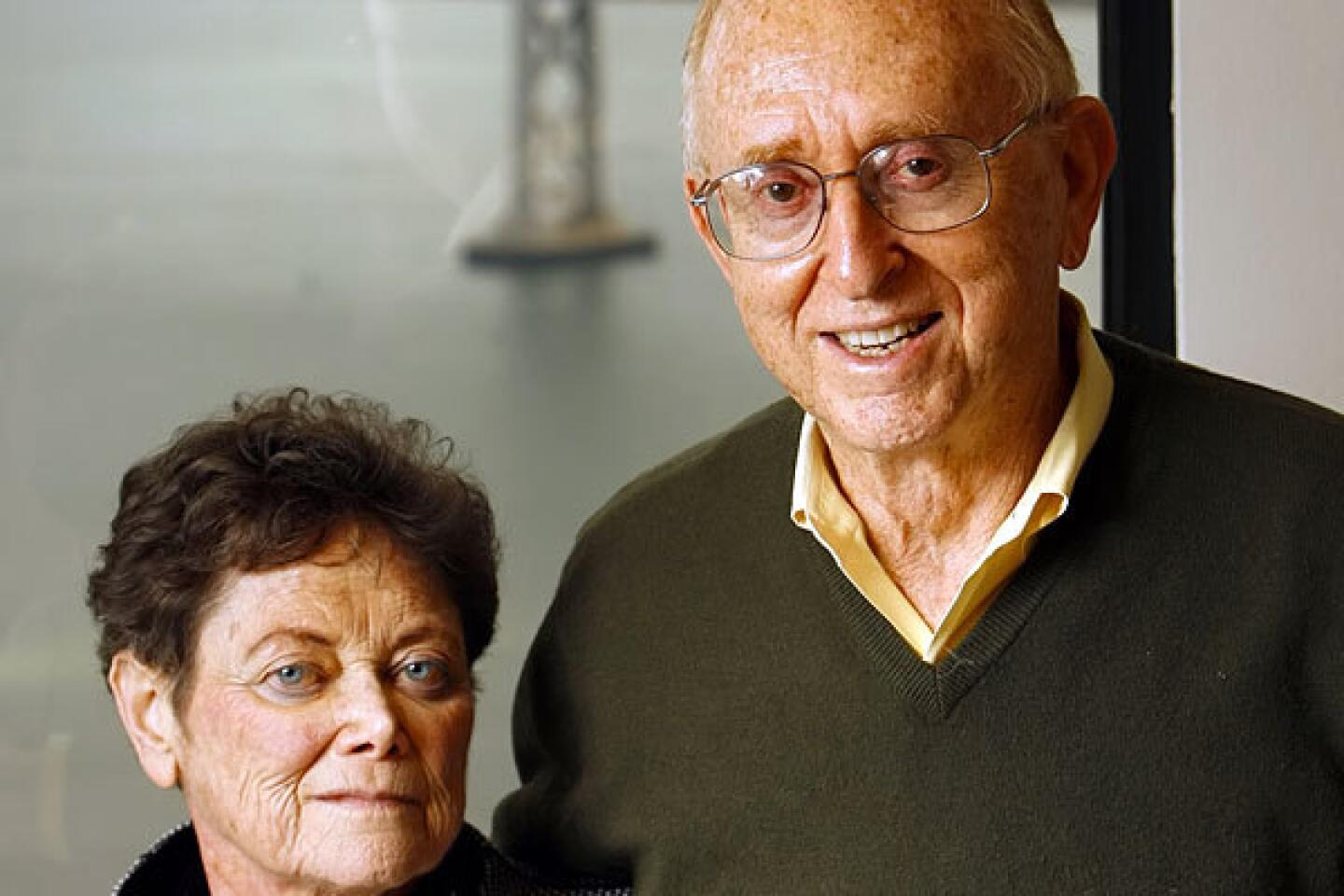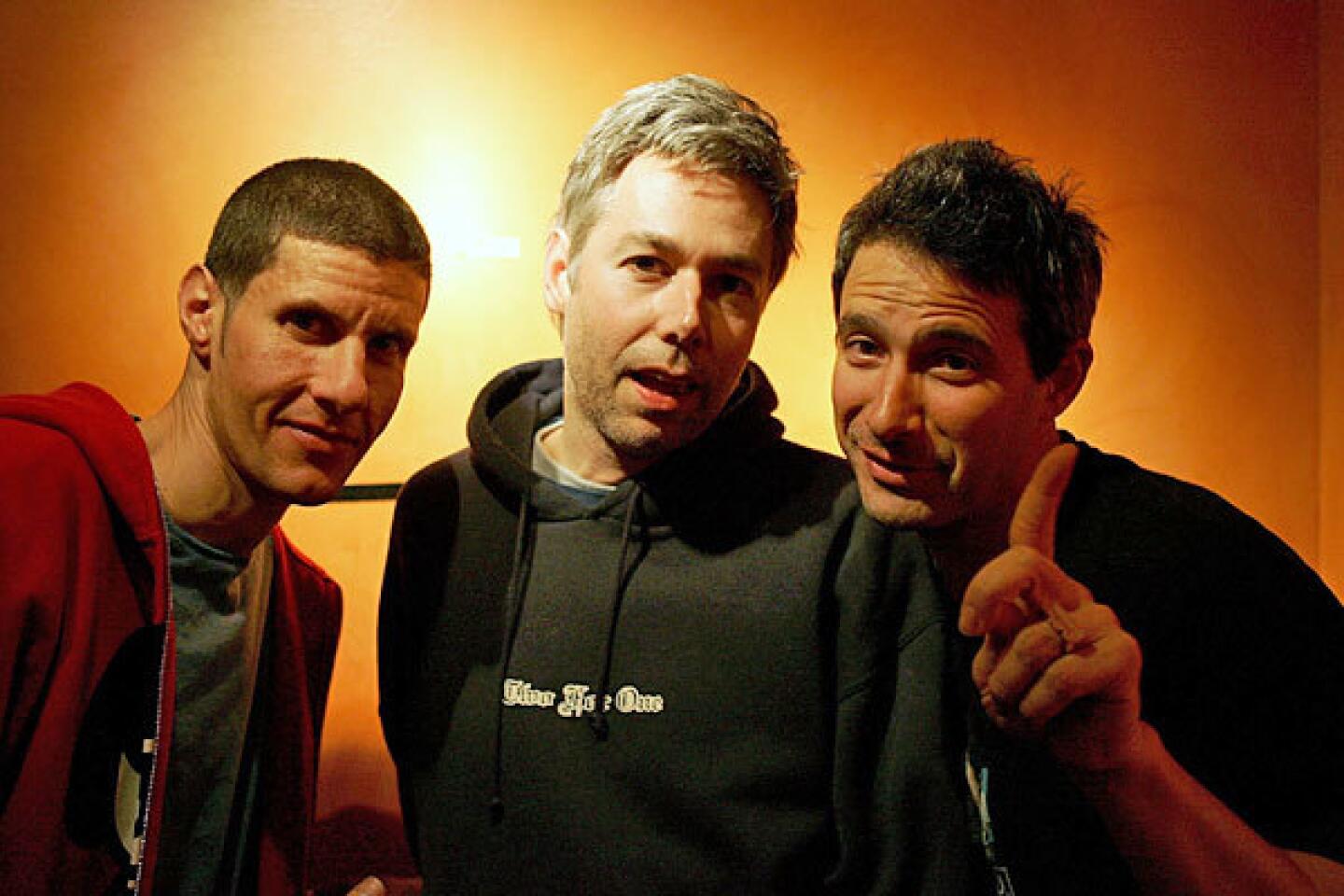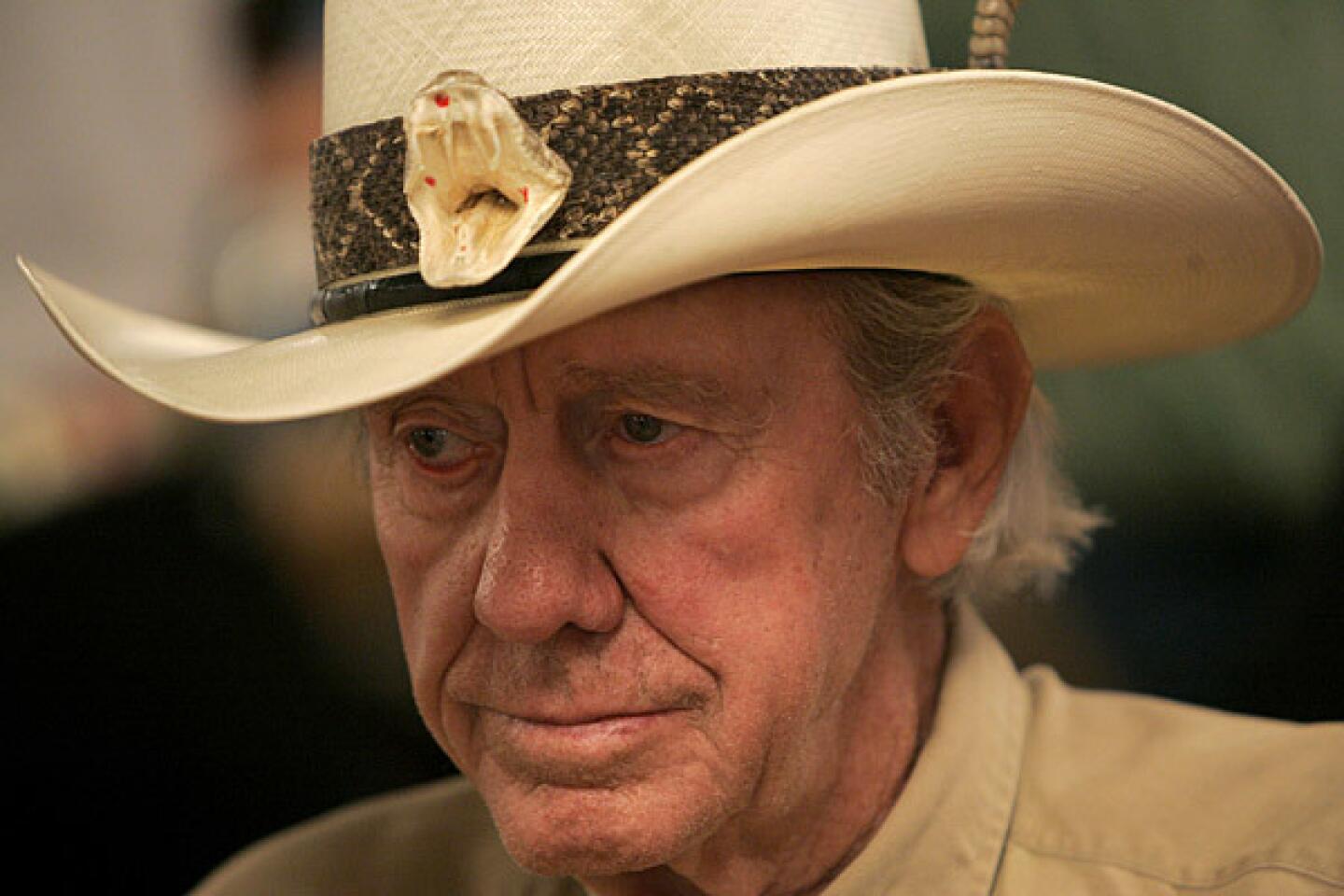Lebbeus Woods dies at 72; radical architect
- Share via
Lebbeus Woods, an experimental architect who inspired colleagues and architecture students with radically inventive designs and installations that evoked futuristic worlds and cityscapes, has died. He was 72.
Woods died Tuesday in Manhattan, according to the architect Steven Holl, a longtime colleague of Woods who confirmed his death by email. The cause of death was not made public.
Although Woods’ designs were rarely constructed, they were considered widely influential and were exhibited in museums around the world, including a recent show at New York’s Friedman Benda Gallery. The San Francisco Museum of Modern Art plans an exhibition of his work beginning in February.
At a time of growing commercialism in architecture, Woods pushed firmly in the opposite direction, eschewing conventional boundaries of all kinds.
In that spirit, he flew to Sarajevo in the 1990s as the former Yugoslavia was being torn apart, entering the city while it was still under siege to create drawings of an imagined postwar capital that combined elements of destruction and rebirth, with appendages he called “scabs” or “scars” attached to damaged buildings to represent healing.
“He picked very poignant and contemporary political contexts to make drawings and try to intervene,” said Eric Owen Moss, a Los Angeles-based architect and friend of Woods. “He was trying to see the world in a different way.”
In a famous drawing of Lower Manhattan, with eerie resonance in recent days, Woods conceived of a time when massive dams would be used to contain the Hudson and East rivers, depicting the island atop a giant gorge, its granite foundation exposed and an underworld below. In another well-known work, he drew a detailed, imaginary tomb for Albert Einstein, a heavenly spaceship that would circle the earth on a beam of light.
Woods may not have expected those drawings to become reality. But in a 2008 interview with the New York Times, he made clear that although his work was often described as fantasy, he believed many of his designs could in fact be built.
“I’m not interested in living in a fantasy world,” he said. “All my work is still meant to evoke real architectural spaces. But what interests me is what the world would be like if we were free of conventional limits. Maybe I can show what would happen if we lived by a different set of rules.”
Los Angeles architect Thom Mayne, another close friend, called Woods’ influence on the field immeasurable.
“He was an unparalleled character, a man of ideas, of concepts, really a moral center for architects,” said Mayne, who said he and others turned frequently to Woods for productive advice and criticism of their own work.
“Architecture wasn’t what he did,” Mayne said. “It’s who he was. There is no other Lebbeus.”
A longtime professor at the Cooper Union school of architecture in New York, Woods also taught frequently at other schools, including the Southern California Institute of Architecture. In 2003, he worked with more than a dozen students at the Los Angeles school to create a sprawling, temporary installation of 1,400 steel rods running the length of the facility.
This year, his colleagues said, Woods realized a longtime dream with the construction of his only permanent structure, a pavilion for a housing complex designed by Steven Holl in Chengdu, China. Woods collaborated on the work, called the Light Pavilion, with architect Christoph Kumpusch. It was completed in October.
Lebbeus Woods was born on May 31, 1940, in Lansing, Mich. His father, an Army engineer who worked on the Manhattan Project, died when Woods was a teenager. Woods studied engineering at Purdue University and architecture at the University of Illinois before working for Eero Saarinen Associates from 1964 to 1968. He later devoted himself exclusively to his conceptual work.
Woods’ designs have often been compared to the imagery of science fiction and his influence can be seen in a number of films of the genre. In the mid-1990s, he sued the makers of the movie “12 Monkeys” for what he saw as the unlawful copying of one of his designs.
The architect claimed that director Terry Gilliam used his 1987 design “Neomechanical Tower (Upper) Chamber,” which depicts an elongated chair mounted on a wall. Woods said the filmmakers copied the design for a scene in which actor Bruce Willis was made to sit in a chair attached high on a wall, faced with a spherical robotic object. The studio eventually settled the lawsuit and paid Woods a fee.
A few years earlier, Woods was hired as a conceptual architect for the movie “Alien 3,” although he said his designs did not wind up in the film. (His name remains in the movie’s credits.)
More recently, Woods was an avid blogger, engaging readers in spirited conversations about architecture and other subjects. In his last post, titled “Goodbye (sort of)” on Aug. 11, he said he was stepping back from regular posting because of his age and unspecified health concerns, but also because he was launching a new book project.
He also was working closely with curators of the planned San Francisco exhibit, which will be drawn from SF-MOMA’s extensive collection of his works.
“Now, we’ll have to take a pause and think about how we’re going to move forward with it,” Jennifer Dunlop Fletcher, the museum’s assistant curator of architecture and design, said Friday. “I know we will, but we will miss his input greatly.”
Among Woods’ survivors are his wife, Aleksandra Wagner, and three children.
More to Read
Start your day right
Sign up for Essential California for the L.A. Times biggest news, features and recommendations in your inbox six days a week.
You may occasionally receive promotional content from the Los Angeles Times.
